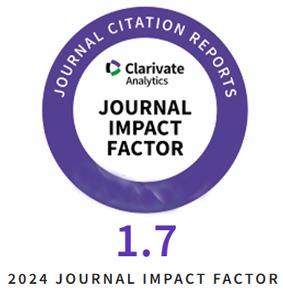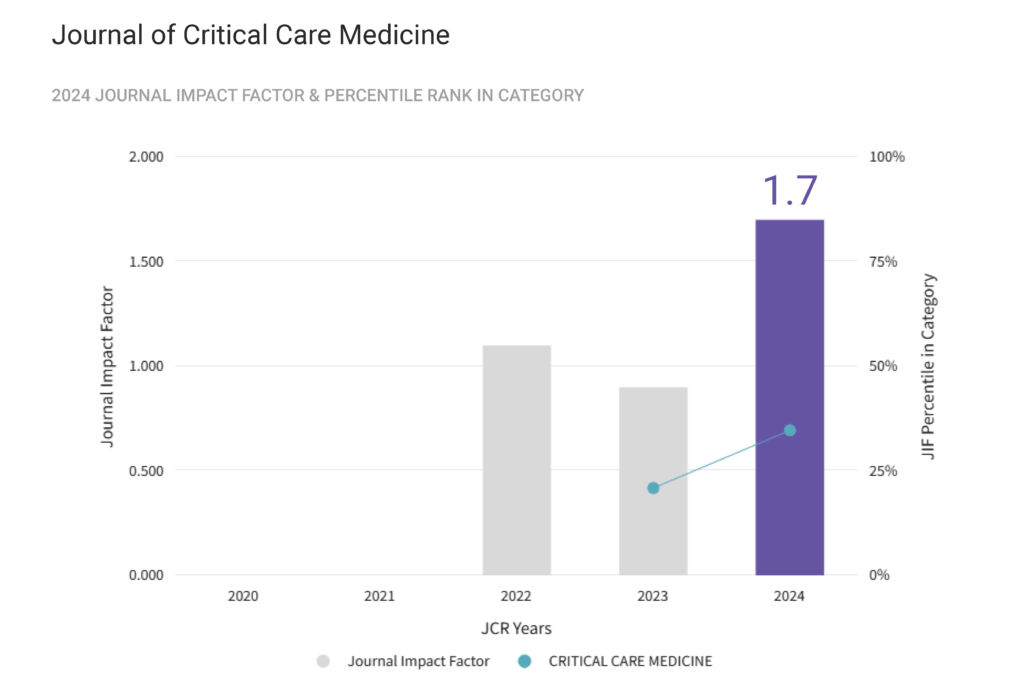Introduction: In traumatic brain injury (TBI), direct information can be obtained about cerebral blood flow, brain tissue oxygenation and cerebral perfusion pressure values. More importantly, an idea about the changes in these measurements can be obtained with multidimensional monitoring and widely used monitoring methods.
Aim of the study: We aimed to evaluate the monitoring of critically ill children who were followed up in our pediatric intensive care unit (PICU) due to TBI.
Material and Method: Twenty-eight patients with head trauma who were followed up in our tertiary PICU between 2018 and 2020 were included in the study. Cerebral tissue oxygenation, optic nerve sheath diameter (ONSD), Glasgow coma score (GCS) and Glasgow Outcome Score (GOSE) values were obtained from retrospective file records and examined.
Results: Male gender was 71.4% (n=20). When we classified TBI according to GCS, 50% (n=14) had moderate TBI and 50% had severe TBI. On the first day in the poor prognosis group, ONSD and nICP were found to be higher than in the good prognosis group (for ONSD, p=0.01; and for nICP, p=0.004). On the second day of hospitalization, the ONSD and nICP were significantly higher in the poor prognosis group than in the good prognosis group (for ONSD p=0.002; and for nICP p= 0.001). Cerebral tissue oxygenation values measured on the first and second days decreased significantly on the second day in both the good and poor prognosis groups (p=0.03, 0.006). In the good prognosis group, a statistically significant decrease was found in ONSD and nICP measurements taken on the 2nd day compared to the measurements taken at the time of hospitalization (for ONSD p=0.004; for nICP p<0.001).
Conclusion: The aim of multidimensional follow-up in traumatic brain injury is to protect the brain from both primary and secondary damage; for this reason, it should be followed closely with multimonitoring methods that are possibly multidisciplinary.
Category Archives: JCCM 2025, Vol. 11, Issue 1
The effect of pre-existing sarcopenia on outcomes of critically ill patients treated for COVID-19
Background: Sarcopenia, defined by a loss of skeletal muscle mass and function, has been identified as a prevalent condition associated with poor clinical outcome among critically ill patients. This study aims to evaluate the impact of pre-existing sarcopenia on outcomes in critically ill patients with acute respiratory failure (ARF) due to COVID-19.
Material and Methods: A retrospective study was carried out on COVID-19 patients admitted to intensive care. Pre-existing sarcopenia was assessed using early CT scans. Clinical outcomes, including duration of high-flow oxygenation (HFO), mechanical ventilation (MV), length of hospital stay (LOS) and ICU mortality, were evaluated according to sarcopenia status.
Results: Among the studied population, we found a high prevalence (75 patients, 50%) of pre-existing sarcopenia, predominantly in older male patients. Pre-existing sarcopenia significantly impacted HFO duration (6.8 (+/-4.4) vs. 5 (+/-2.9) days; p=0.005) but did not significantly affect MV requirement (21 (28%) vs. 23 (37.3%); p=185), MV duration (7 vs. 10 days; p=0.233), ICU mortality (12 (16%) vs. 10 (13.3 %); p=0.644) or hospital LOS (27 vs. 25 days; p=0.509). No differences in outcomes were observed between sarcopenic and non-sarcopenic obese patients.
Conclusions: Pre-existing sarcopenia in critically ill COVID-19 patients is associated with longer HFO duration but not with other adverse outcomes. Further research is needed to elucidate the mechanisms and broader impact of sarcopenia on septic critically ill patient outcomes.
Effect of sleep quality on weaning from mechanical ventilation: A scoping review
Introduction: Mechanically ventilated patients have disturbed sleep.
Aim of the study: To explore whether there is a relationship between successful or unsuccessful weaning of patients and their sleep quality and circadian rhythm.
Materials and Methods: A scoping review. The search process involved four online databases: CINAHL, MEDLINE, ProQuest, and ScienceDirect. Original studies published between January 2020 and October 2022 were included in the review.
Results: Six studies met the inclusion criteria. These studies showed that patients with difficult weaning were more likely to have atypical sleep, shorter REM sleep, and reduced melatonin metabolite excretion. Muscle weakness was an independent factor associated with prolonged weaning from mechanical ventilation and was significantly more frequent in patients with atypical sleep. Heterogeneous patient samples and the methodology of the studies hamper a clear interpretation of the results.
Conclusions: A relationship was found between abnormal sleep patterns, reduced melatonin metabolite (6-sulfatoxymelatonin) excretion, and unsuccessful weaning. However, the causality is not clear from the existing research.










